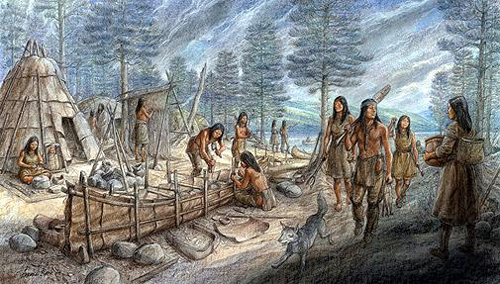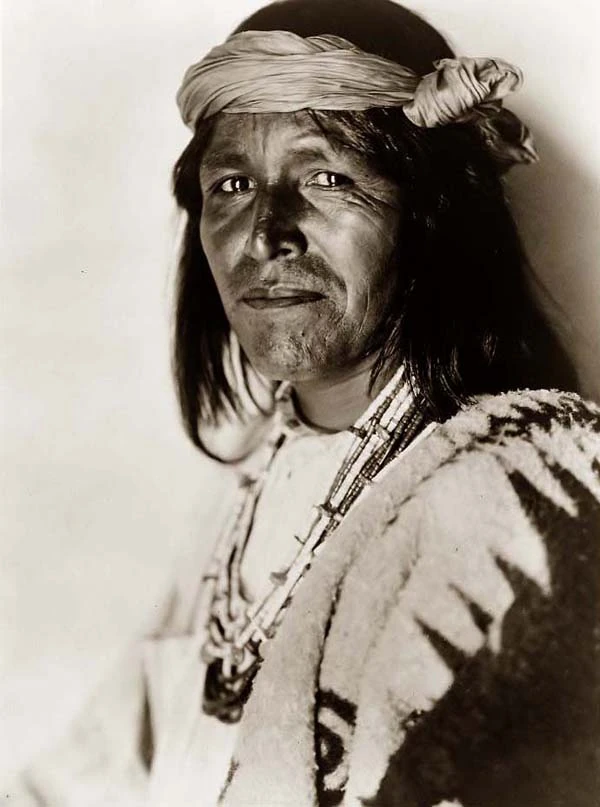
The Acquaintance Snake Tribe: Guardians of a Measured Harmony in the Amazon’s Depths
AMAZON BASIN, [Current Date] – Deep within the emerald labyrinth of the Amazon rainforest, where the air hangs thick with the scent of damp earth and exotic blossoms, a secret has been carefully guarded for centuries. It is here, nestled in a pocket of pristine wilderness untouched by the relentless march of modern civilization, that the Acquaintance Snake Tribe lives. As their name, initially baffling to outsiders, holds a profound dual meaning, they present a paradox: a society defined by a unique social fabric emphasizing respectful distance, yet deeply intertwined with the very creatures that inspire both fear and reverence across the globe: snakes.
The discovery of the Acquaintance Snake Tribe – or the "Naga-Sama" as they refer to themselves, roughly translating to "People of the Measured Coil" – was not the result of a grand expedition, but a serendipitous encounter. Dr. Aris Thorne, a seasoned ethnobotanist from the University of London, recounts his accidental stumble upon their village almost a decade ago. "I was tracking a rare medicinal vine, far off any known path," Thorne explains, his eyes still holding a hint of awe. "The forest suddenly parted to reveal circular dwellings of woven palm leaves, not unlike other indigenous structures. But then I saw them – children playing with non-venomous tree snakes draped around their arms, elders observing a magnificent anaconda from a respectful distance as it basked near a stream. It was utterly unlike anything I had ever witnessed."
Thorne, who has since dedicated his life to understanding and advocating for the tribe, describes their initial interactions as profoundly cautious. "They didn’t flee, nor did they embrace. It was an… acquaintance. A slow, deliberate assessment of intent. They observed, they listened, and only when a mutual understanding of non-aggression was established, did they begin to share their world."

The Philosophy of the Acquaintance
The core of the Naga-Sama’s culture lies in their philosophy of "measured harmony," which gives rise to their external designation as the Acquaintance Snake Tribe. It speaks to their unique social fabric, characterized by a deep respect for individual autonomy and personal space, both within their community and in their interactions with the natural world.
"Their social structure eschews rigid hierarchies in favour of a fluid, consensus-based system," explains Dr. Thorne. "Decisions are reached through prolonged, communal discourse, where every voice, from the youngest initiate to the most ancient elder, is heard and considered. There are no ‘leaders’ in the traditional sense, but rather ‘facilitators of understanding’ – individuals whose wisdom guides the conversation towards a collective truth."
This ethos extends to their personal relationships. While deeply communal, individual privacy is sacrosanct. "There’s a subtle choreography to their interactions," Thorne elaborates. "Eye contact is direct but brief, conversations are focused but never intrusive. It’s a profound understanding that true connection doesn’t require constant proximity, but rather a deep, unwavering respect for the other’s being, their space, and their journey. They are intimately connected, yet maintain a polite, almost formal ‘acquaintance’ with one another’s inner worlds."
Elder Kael, a figure revered for his profound insights and calm demeanour, articulated this philosophy during one of Thorne’s rare interviews. Speaking through a series of gestures and a few shared words, Kael conveyed: "The river flows, touching every stone, but never holding one. The wind whispers through every leaf, yet claims none. We are like the river and the wind – connected, always moving, but never possessing. This is the acquaintance of life."
The Serpent’s Embrace: A Symbiotic Existence
Simultaneously, the "Snake" aspect of their name references their extraordinary, almost mystical, relationship with the serpentine inhabitants of their forest home. For the Naga-Sama, snakes are not objects of fear or worship in the conventional sense, but rather teachers, guardians, and integral members of their ecosystem.
"They do not domesticate snakes, nor do they fear them," Thorne clarifies. "Instead, they possess an almost preternatural understanding of serpentine behaviour. They can distinguish between species by the rustle of leaves, predict a snake’s movement by the subtle shifts in humidity, and even, it seems, communicate a shared respect through non-verbal cues."

This symbiotic existence is woven into every aspect of their daily lives. Children are taught from infancy to identify and respect different snake species. Venomous snakes, such as the highly dangerous Bushmaster or various pit vipers, are observed with extreme caution but never wantonly harmed. Their venom is collected with ancient care, in minute, precise quantities, not for aggression but for medicinal and ritualistic purposes – a potent symbol of life and death, healing and transformation.
"The venom, carefully diluted and prepared, is used in their healing rituals," Thorne recounts, detailing a fascinating practice. "They believe that in controlled doses, it can ‘awaken’ the body’s own healing mechanisms, mirroring the snake’s ability to shed its skin and be reborn. It’s a profound understanding of homeopathy combined with deep spiritual belief."
The Great Serpent and the Cycle of Life
At the heart of their spiritual world lies the concept of the Great Serpent, not as a literal deity to be appeased, but as a cosmic principle. This Great Serpent embodies the interconnectedness of all life, the cycles of creation and destruction, and the eternal process of transformation. The shedding of a snake’s skin is not merely a biological process but a profound metaphor for rebirth, renewal, and the continuous evolution of spirit.
Their art, too, is a direct reflection of their reverence for the serpentine. Intricate patterns mimicking snake scales adorn their pottery, woven baskets, and personal adornments. Body painting, using natural dyes extracted from forest plants, transforms individuals into living canvases, with spiralling motifs that evoke the coiled power and elegance of their reptilian companions. During ceremonial dances, participants move with a sinuous grace, mimicking the fluid movements of snakes, embodying the spirit of the Great Serpent.
"Their ceremonies are hypnotic," Thorne describes. "The rhythmic drumming, the chanting, the way they move – it’s all about connecting to the primal energy of the forest and the wisdom of the serpent. It’s a celebration of life’s constant renewal."
A Fragile Future in a Shrinking World
Despite their profound harmony with nature, the Acquaintance Snake Tribe faces an increasingly precarious future. The Amazon, their sanctuary, is under siege. Deforestation for cattle ranching, illegal mining, and logging operations creep ever closer to their ancestral lands, threatening not only their physical existence but also the delicate ecological balance that sustains their unique way of life.
"Their isolation has been their strength, but it’s also their vulnerability," warns Dr. Thorne. "They possess an unparalleled understanding of the rainforest’s intricate web of life, a knowledge that could be invaluable to modern science and conservation efforts. Yet, this knowledge is housed in a culture that, by its very nature, maintains a measured distance from the outside world."
The Naga-Sama approach these external threats with the same philosophy of "acquaintance." They do not engage in open conflict, but rather observe, adapt, and subtly resist. They relocate their villages when encroachment becomes too severe, leaving behind no trace but the faint memory of their presence, like a snake slipping silently into the undergrowth.
"We learn from the serpent," Elder Kael once conveyed. "When the path is blocked, the serpent finds another way. When the sun is too hot, the serpent finds shade. We do not fight the storm; we become the storm’s acquaintance, and wait for it to pass."
The challenge for those like Dr. Thorne who seek to protect them is to bridge this gap of "acquaintance" without violating the very essence of their culture. Preserving their autonomy and unique way of life, while offering protection from external threats, requires a delicate balance of respect, understanding, and minimal intervention.
As the world grapples with its own intricate challenges of coexistence and environmental stewardship, the Acquaintance Snake Tribe stands as a quiet, living testament to an alternative way of being. They offer a profound lesson in measured harmony – with each other, and with the often-feared, yet undeniably vital, natural world. Their continued existence is not just a matter of cultural preservation, but a beacon of hope for a future where humanity might learn to be, once again, a respectful acquaintance to the planet it inhabits.


